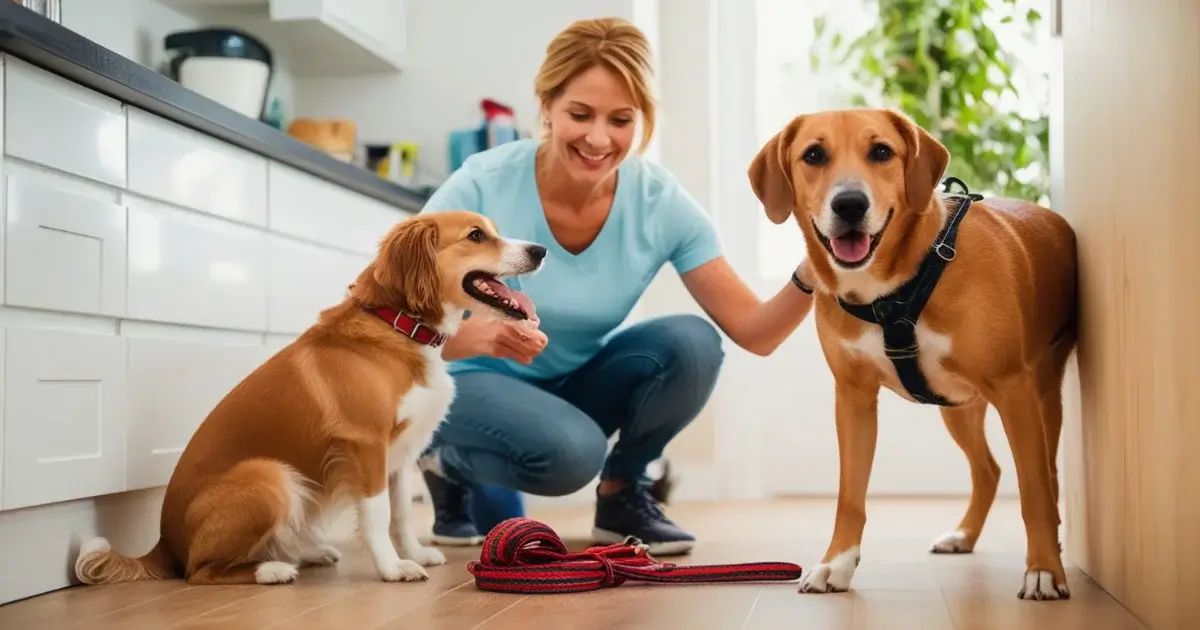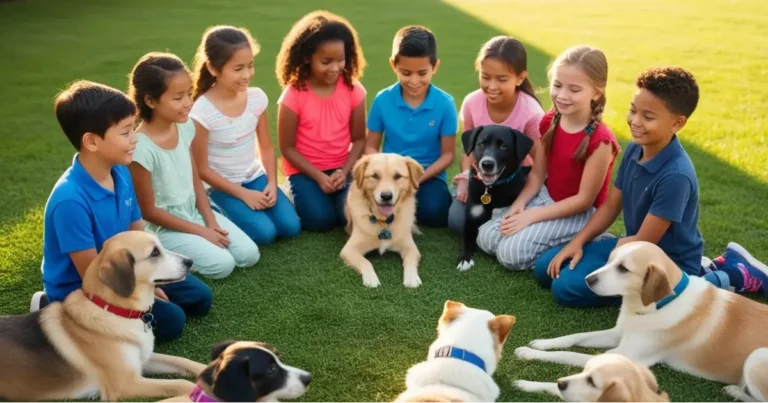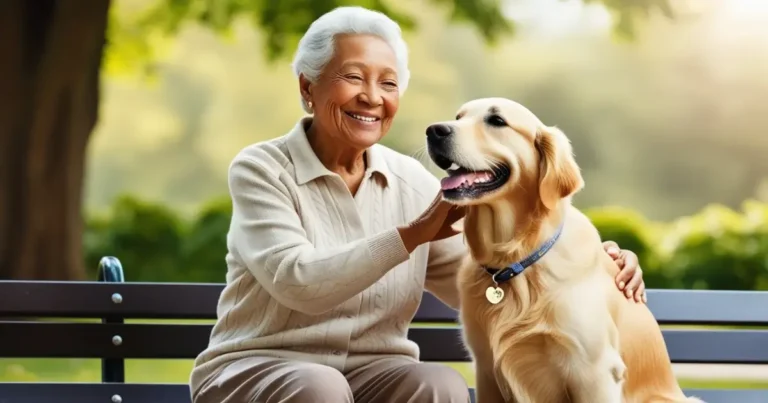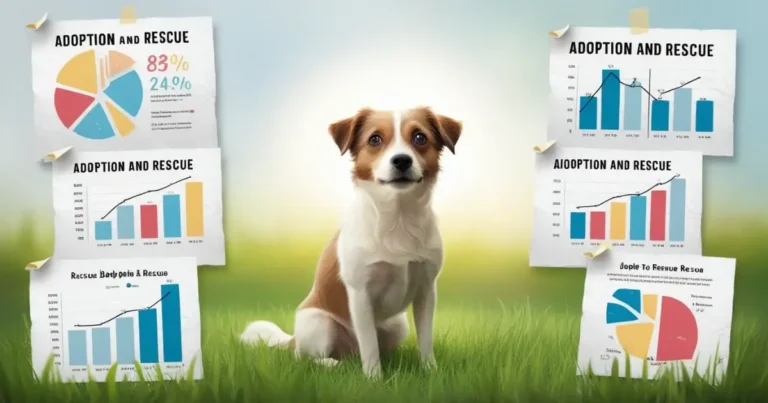Dog Safety: Common Accidents and Preventative Measures
Ensuring dog safety is essential for every pet owner. Dogs are naturally curious and energetic, which makes them prone to accidents. Simple precautions can prevent harm and create a safer environment for your dog.
This article discusses common dog injuries and accidents, tips for dog safety at home, methods for preventing dog accidents, and guidance for dog safety around children.
Table of Contents
Common Dog Injuries and Accidents
Understanding potential risks helps prevent accidents. These are the most common hazards dogs face:
Understanding Frequent Dog Hazards
- Small objects like coins, buttons, or toys pose choking risks.
- Chewed electrical cords may cause shocks or burns.
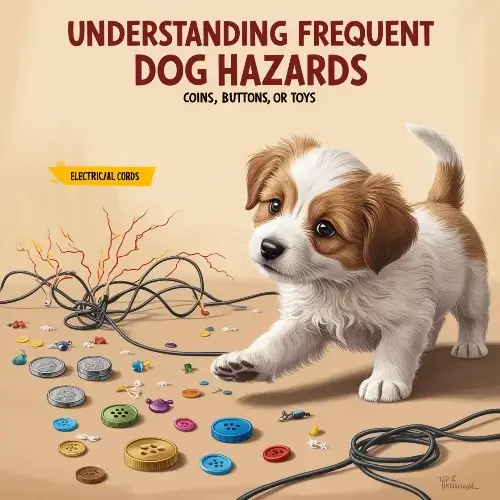
Outdoor Dangers
- Traffic accidents are a leading cause of injury.
- Toxic substances like antifreeze or harmful plants are dangerous if ingested.
Health-Related Risks
- Missing vaccinations exposes dogs to diseases like rabies or distemper.
- Parasite infections, such as fleas, ticks, or heartworms, cause serious health issues.
Dog Safety at Home
A safe home is essential for your dog’s protection.
Pet-Proofing Your Living Space
- Secure cabinets containing medicines, cleaning products, or chemicals with childproof locks.
- Use cord protectors or hide electrical wires to prevent chewing.
- Pick up small items like coins or buttons from the floor.
| Hazard | Solution |
| Electrical cords | Hide cords or use protectors |
| Chemicals/medicines | Lock cabinets |
| Small objects | Keep floors clean |
Creating a Safe Environment
- Remove fragile items and sharp objects from your dog’s reach.
- Replace toxic plants with dog-safe options like spider plants or ferns.
Proper Supervision Indoors
- Monitor your dog around children and food.
- Block access to off-limit areas like kitchens and bathrooms with gates or closed doors.
Preventing Dog Accidents
Proactive steps reduce risks and keep your dog safe.
Outdoor Safety Protocols
- Use a leash when outside to keep your dog secure.
- Reflective collars or leashes improve visibility during nighttime walks.
Travel Safety Measures
- Use pet seat belts or carriers in cars to prevent injuries.
- Avoid leaving your dog unattended in vehicles, especially in extreme temperatures.
Emergency Preparedness
- Keep a pet first-aid kit stocked with essentials.
- Learn basic first-aid techniques, like handling choking or poisoning emergencies.
Dog Safety Around Children
Dogs and children can coexist safely with proper care and guidelines.
Teaching Children Safe Interaction
- Instruct children to stay calm and avoid sudden movements around dogs.
- Do not let children disturb dogs while eating, sleeping, or resting.
Supervised Playtime
- Always supervise interactions between children and dogs.
- Prevent rough play, such as ear pulling or climbing on the dog.
Training Your Dog for Social Interactions
- Teach commands like “sit,” “stay,” and “leave it” to manage behavior.
- Gradual socialization helps dogs stay calm in various environments.
The Role of Regular Veterinary Care in Safety
Routine health care is a critical part of dog safety.
Preventative Healthcare
- Follow your vet’s vaccination schedule to protect against diseases.
- Use medications for parasite prevention, including fleas, ticks, and heartworms.
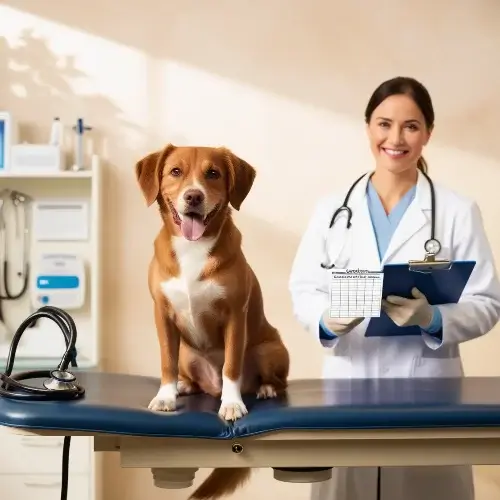
Health Monitoring
- Schedule regular vet visits to detect health issues early.
- Monitor your dog’s behavior and physical condition for changes.
Conclusion
Dog safety requires attention and consistent care. From addressing common dog injuries and accidents to ensuring dog safety at home and with children, every effort contributes to a healthier life for your dog.
Take proactive steps today to create a safe and nurturing environment. Your dog’s health and happiness depend on it.
FAQs
How can I ensure dog safety at home?
To enhance dog safety at home, secure cabinets, hide electrical cords, and remove sharp objects. Replace toxic plants with dog-friendly ones. Supervise your dog around food and children to prevent accidents.
What are the best ways to prevent dog accidents outdoors?
Use a leash during walks to prevent traffic accidents. Reflective collars improve visibility at night. Avoid areas with toxic plants or substances like antifreeze. Always supervise your dog in open spaces.
How can I ensure dog safety around children?
Teach children to respect dogs by avoiding sudden movements or disturbing them while eating. Supervise playtime to prevent rough handling. Training dogs with commands like "sit" and "stay" enhances safety during interactions.
Why is regular veterinary care important for dog safety?
Routine vet visits ensure your dog stays healthy and free from parasites. Vaccinations protect against diseases, while early detection of issues during check-ups reduces health risks. Preventative care is key to long-term safety.
